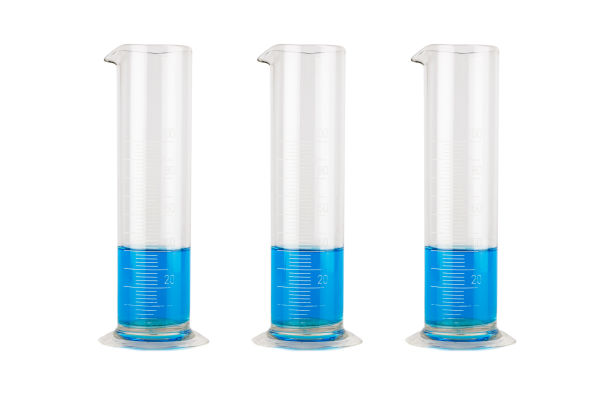

2021 Bioethanol fuel quality assessment using dielectric spectroscopy. Fuel 199:332–338ĭinesha P, Kumar S, Rosen MA (2019) Combustion, performance, and emissions of a compression ignition engine using Pongamia biodiesel and bioethanol. Lapuerta M et al (2017) Modeling viscosity of butanol and ethanol blends with diesel and biodiesel fuels. J Market Res 14:548–554ĭahman, Y., et al., 14 2019 biofuels: their characteristics and analysis, in biomass, biopolymer-based materials, and bioenergy, D. Biomass Bioenerg 35(10):4290–4296Īzis AD, Fudholi A (2021) Enhancement of bioethanol production from palm sap (Arenga pinnata (Wurmb) Merr) through optimization of Saccharomyces cerevisiae as an inoculum. Grahovac JA et al (2011) Optimization of bioethanol production from intermediates of sugar beet processing by response surface methodology.

Biomass Conversion Biorefinery 9(4):761–765 Biomass Bioenerg 33(5):822–827Ĭasabar JT, Unpaprom Y, Ramaraj R (2019) Fermentation of pineapple fruit peel wastes for bioethanol production. Biofuels 12(4):475–483ĭodić S et al (2009) Bioethanol production from thick juice as intermediate of sugar beet processing. Haj Hasan A, Avami A (2021) Comparative assessment of bioethanol supply chain: insights from Iran. Zabed H et al (2014) Bioethanol production from fermentable sugar juice. Solarte-Toro JC et al (2019) Techno-economic feasibility of bioethanol production via biorefinery of olive tree prunings (OTP): optimization of the pretreatment stage. Silva Ortiz PA, Maréchal F, de OliveiraJunior S (2020) Exergy assessment and techno-economic optimization of bioethanol production routes. Pratto B et al (2020) Experimental optimization and techno-economic analysis of bioethanol production by simultaneous saccharification and fermentation process using sugarcane straw. Ibrahim MF, Kim SW, Abd-Aziz S (2018) Advanced bioprocessing strategies for biobutanol production from biomass. Saravanan AP et al (2018) Biofuel policy in India: a review of policy barriers in sustainable marketing of biofuel. Graphical abstractĪyodele BV, Alsaffar MA, Mustapa SI (2020) An overview of integration opportunities for sustainable bioethanol production from first- and second-generation sugar-based feedstocks. The present work suggests a less expensive and less time-consuming approach that is helpful for fuel production plants. The high values of R 2 and low error rate showed that the RSM could successfully optimize the responses. The results indicated that the optimal conditions for input variables were reported for sugar beet molasses, after 72 h, at 35 ☌, and the corresponding responses were 12.8 g/l for the BIOC, 2.28 mPa.s for viscosity, 0.9767 g/cm 3 for density, 28.52 ☌ for the FP, and 95.41 for the ON. The response surface methodology (RSM) was performed to find the best fermentation conditions in which the bioethanol physical properties reach the optimal values. Afterward, the bioethanol concentration (BIOC) and its physical properties, including viscosity, density, flash point (FP), and octane number (ON), were optimized based on the operating conditions. To evaluate the effect of fermentation factors (time, temp, ST) on responses (density, viscosity, FP, ON, and BIOC) based on the BBD design, the total number of experiments was 17 runs, including four central points and 13 factorial points. Experimental samples were chosen based on the Box-Behnken Design (BBD). The fermentation was carried out at three different reaction times (24, 48, 72 h) and three temperature levels (25, 30, 35 ☌). In the present study, three types of sugars, including sugarcane juice, sugarcane, and sugar beet molasses were chosen as raw materials. In this way, a considerable amount of energy will be saved. It is essential to provide the most appropriate bioethanol production conditions.


 0 kommentar(er)
0 kommentar(er)
